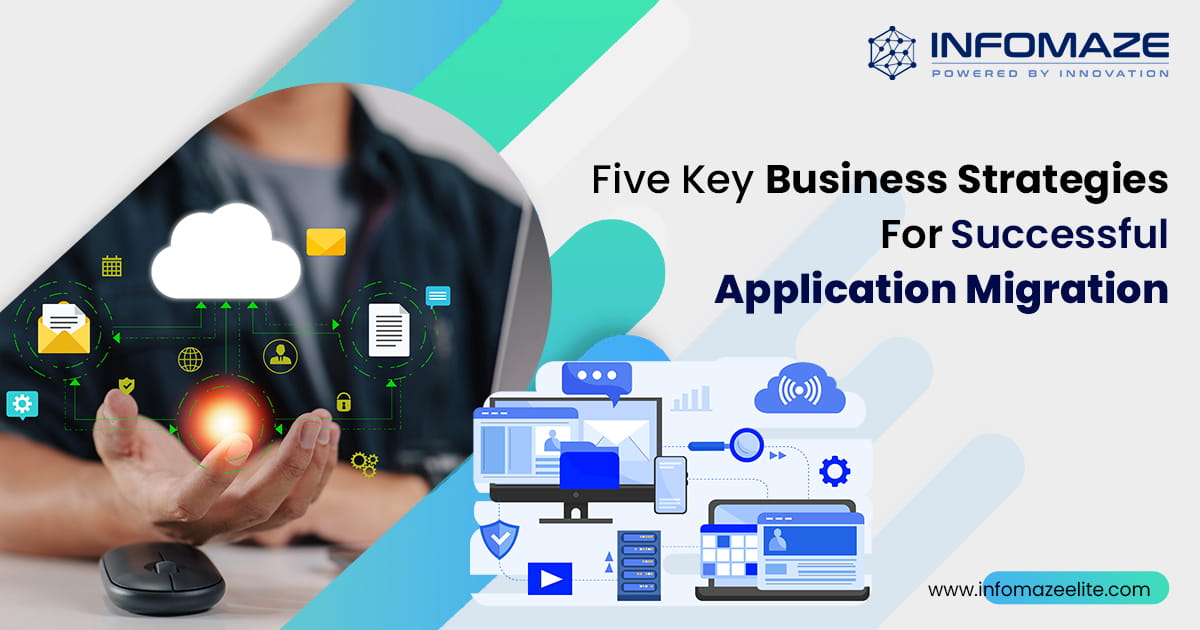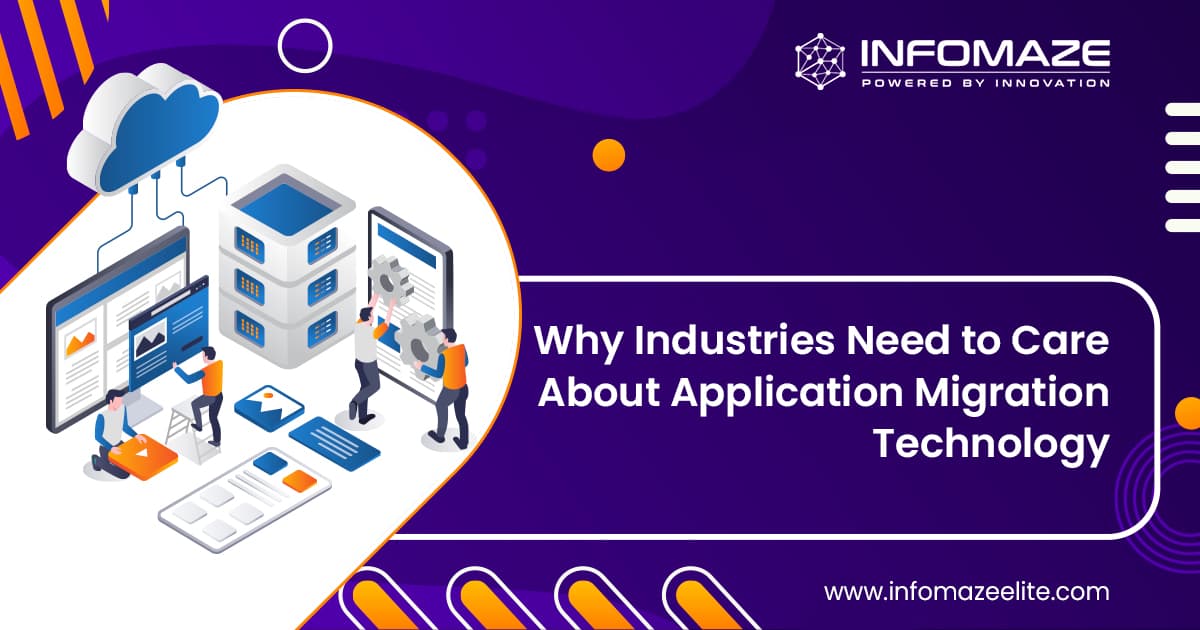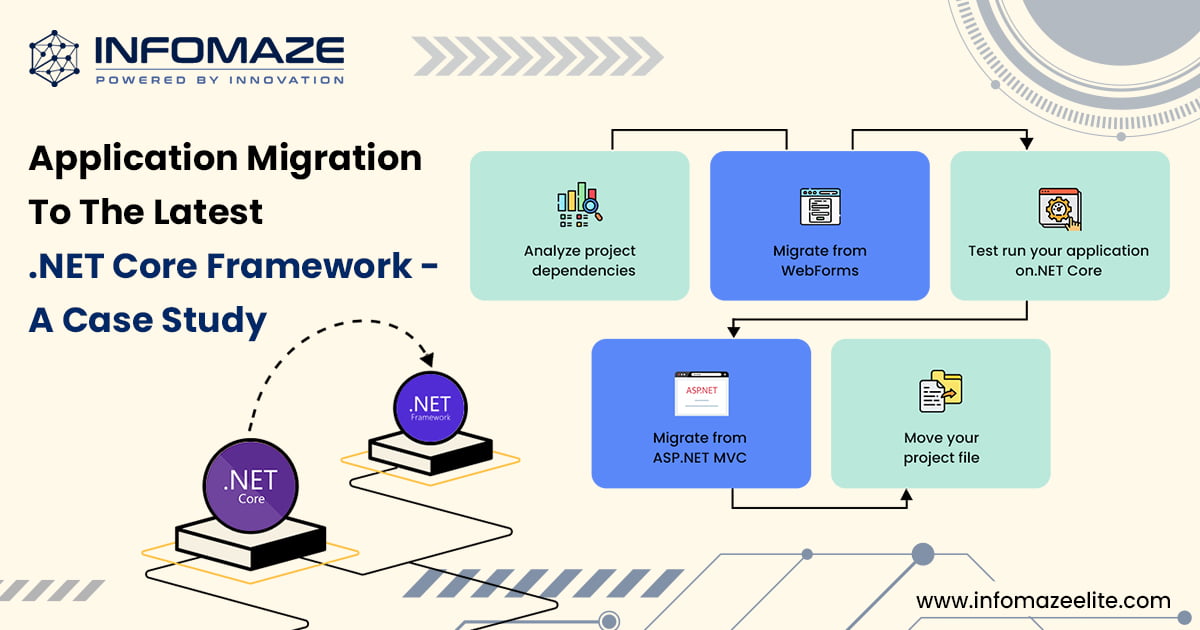Operations on Applications and Data that Rule
Data is everywhere – in what you see, what you believe, and what you do, too! Files, images, and other documents that you use and store are all data. Sometimes you will need to import or export this data from one system to another – this is where data migration comes into the picture.
Data Migration is the exchange of a vast amount of data from one platform to another or one system to another as a whole. It could also be from an office server to a cloud or from one cloud to another.
Application Migration:
Data could be residing in different forms such as files or databases. Software applications extract the same and support the operations of a business. Application migration being a major type of data migration, allows you to reuse and at the same time, modernize your business applications.
The best application migration services are those that are involve a lower budget, yet ensure minimal risk throughout. You also save the cost that you set out for the entire process as you do not need to redevelop or buy a whole new package, you will just be transferring and making better your already existing data.
Certain infrastructure areas of a business that may require migration are: Development Tools, Security, Administration Tools, Application components, Scheduler and so on. Other application components that could utilize migration services are Database Access, Programming Language, Batch Script, etc.
Some other types of data migration are Database Migration, Business Process Migration and Storage Migration.
Data Processing, Merging and Analyzing:
Processing:
Carefully processed, interpreted and structured data is information. The more vast the data, the harder it is to convert it into meaningful information
Data processing is divided into three basic categories:
- Manual
- Automatic
- Electronic
A computer can only read processed data. Among these, automatic data processing is now hardly ever used – it involves the usage of electromagnetic devices. Only manual and electronic forms are used in today’s data processing techniques.
Manual data processing is an old method and involves long tasks such as census, and is clearly hardly used these days. Electronic or computerized data processing is the latest form and involves modern techniques to collect, manipulate, analyze, and present information. Raw data acts as the input to be passed onto a processor such as a computer, in order to produce output such as information.
A more detailed procedure of data processing is as follows:
The first step is the collection of data – care should be taken to collect quality data as it majorly affects the output. Data must be defined and accurate, as it provides the basis of improvement for further stages of the process. Data must therefore be checked for accuracy and verified.
This data is then coded so it is machine-readable and shared with a processing device (computer) in the form of input. This is done with the help of input devices such as the keyboard, digitizer, scanner, etc., as most of the data is in the form of words, diagrams, or pictures. The input process is required to be quick and accurate.
Next is the processing part that includes the execution of one or many instructions simultaneously. It is also possible to process large volumes of data in a short span of time, given that multiple software programs are available to help execute the task.
Once the information is derived, the purpose is obviously to transmit it to users. The display format will include audio, video, printed report, or just the monitor.
Finally, the data, information as well as instructions used in the whole procedure needs to be stored for future use. While promptly carrying out this step, you ensure that any access required in the future will be quick as it is just the retrieval of this stored data.
Analyzing:
The process of inspecting, transforming, and choosing the right data out of all the gained data in a way to generate useful information is known as ‘Data Analysis.’ Collection of data for analysis can involve many ways, such as surveys, census, observations, interviews, and so on.
More commonly termed, these ways can be categorized as data mining, predictive analytics, text analytics, business intelligence, data visualizations, etc. Some steps in data analysis are:
Finding Data Requirements:
Base of data collection is gathering the requirements and that’s exactly what is done here.
Data Collection:
Next phase is the collection of data. Data that fulfills the requirements gathered in the first step is collected and sent through for processing.
Data Processing:
In data processing, the data is sorted, interpreted, and structured to create meaningful information.
Data Cleaning:
Data cleaning involves the removal of redundant data or that data which no longer holds any value to be further used.
Data Product:
Data product is the final output that is a result of all the above steps. The computer produces this after analysis and processing, while a user sees this as the derived, final view.
Merging:
Data merging can also be termed as data integration. The basic process involves merging or combining the data residing in two different sources (such as software) and to create a unified view for the user. Importing data from one system to another is another process explaining data merge.
An example could be two companies partnering with each other and in turn wanting to merge their databases. In this case, it is next to impossible to do so individually. Here’s where software with good import options seems mandatory.
How Infomaze can serve you:
Data is the foundation of any business. Utmost care must be taken to have it backed up, so data loss will never be a permanent issue. Be it any process, data access is again mandatory to carry out the task. A company must also have data that can be set and accessed from newer technologies as it advances. Given years of experience, Infomaze makes data migration, analysis and merge quick and easy, and ensures optimal benefits – all at a reasonable price. Contact us for more details.
Categories
- Application Migration (8)
- BI (7)
- Case Study (24)
- CRM (8)
- Dot Net (7)
- Informational Blog (62)
- IT Help Desk (8)
- Microsoft 365 (2)
- Mobile Application (9)
- Offshore Development (10)
- Outsourcing Services (1)
- PHP (8)
- PowerBI (5)
- QuickBooks (6)
- ReactJS (4)
- SEO (12)
- SharePoint (3)
- Web Application (8)
- Zoho (10)
- Zoho Case Study (27)
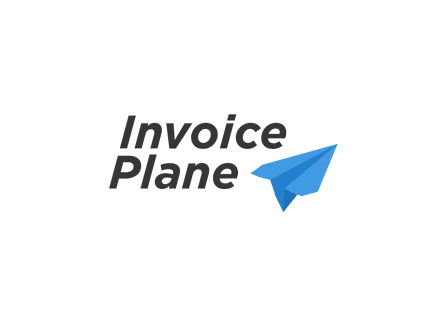
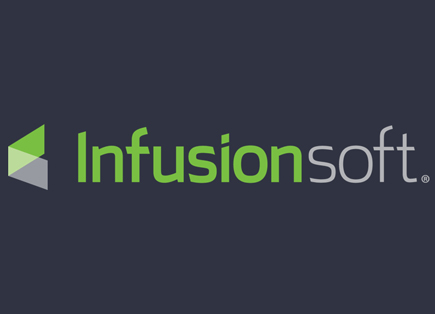

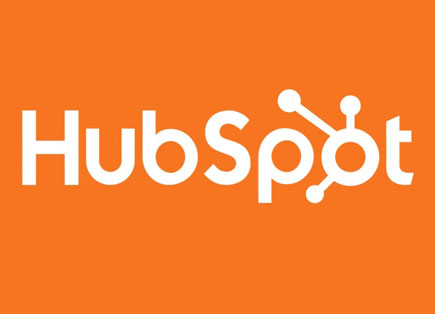
Disclaimer: All rights belong to the owner. No Copyright or Trademark Infringement Intended.

